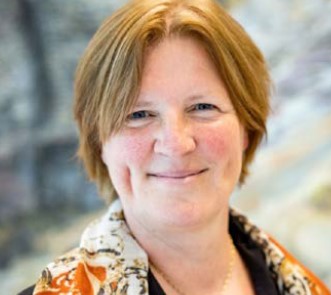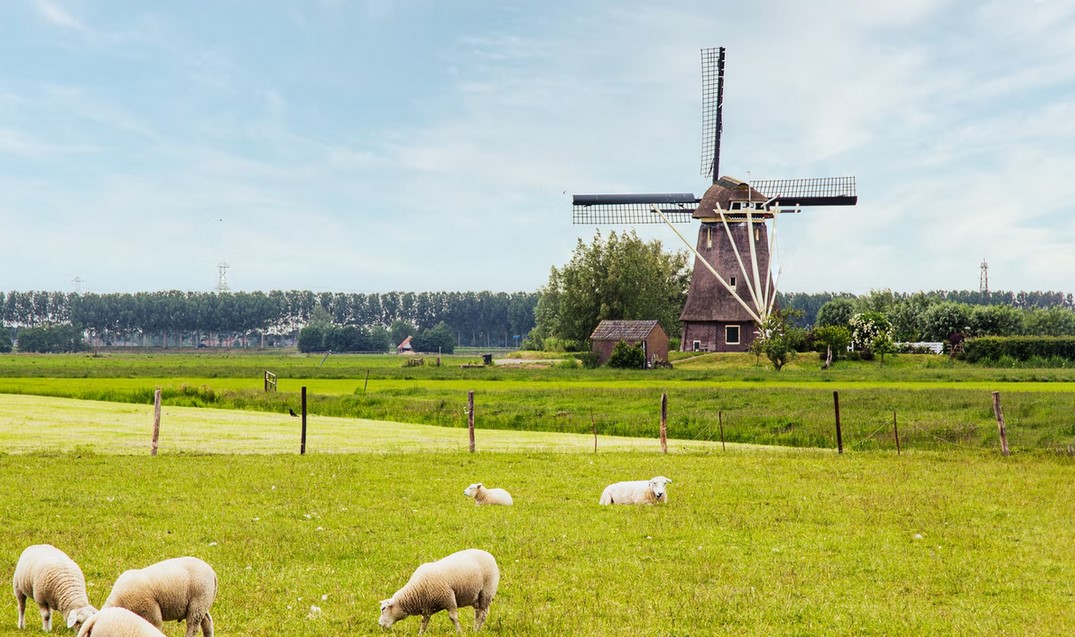HUB-IN Interview | Talking Regenerative Financing at the Triodos Bank
HUB-IN Interviews: A focus on the Financing Models for Historic Urban Area (HUAs) projects
Novel opportunities emerge as the heritage regeneration financing landscape evolves. When looking at past and current projects, financing comes predominantly from classic public and private funding sources. Yet as we will discover that crowdfunding and community funding are increasingly becoming a part of the funding mix.
HUB-IN Places dare to experiment with new financial structures, combining traditional public funding streams with other (private) sources of funding. In creating novel financial structures, HUB-IN cities carefully balance potential shifts in the distribution of power and influence, contributing to their city’s inclusive and sustainable development.
Today’s Expert: Liesbeth Soer from Triodos Bank

Liesbeth Soer: Director Catalytic Investments, Triodos Regenerative Money Centre
The mission of Triodos Regenerative Money Centre reaches beyond the limits of the current banking system. It operates from a belief that money has three important qualities: to buy, to lend/ invest, and to donate.
The centre encourages the things money can do to benefit society and our planet.
How does regenerative financing work?
Together with the Triodos Bank group, regenerative money is made available through blended financing options. With gift money, we can finance socially relevant ideas or initiatives, even when the outcome is uncertain or cannot be directly expressed in economic value. Instead of making a financial return, we aim to achieve positive social impact together with initiatives. Catalytic Investments have the primary goal to generate impact. The capital invested is expected to be circular: At portfolio level, we aim to at least maintain our capital base to ensure it can support initiatives time and time again. The regenerative money centre can be a co-initiator, which enables us to join in very early, and use our “free money” to help initiatives get started, and learn from this experience. The bank cannot do this due to regulations.
Can you give an example?
At Aardpeer, social and nature driven farmers get access to affordable farmland. To make Aardpeer possible, we needed the right mix of people and organizations. We have communities, farmers, money and land.

We try to keep it together, without giving it a legal form yet. It is a coalition. Together we stand for it. Everyone brings their qualities in. A fifteen million euro bond was placed in the market, 7.2 million has been collected thus far. We stepped in early, and earned our investment back through this bond. Now there are entrepreneurs and faces behind Aardpeer and it has become much easier to attract the investment.
What does this mean for the entrepreneur and his business model?
With Aardpeer, the ground goes into a safe, in the form of a foundation. The farmer pays a lease based on the productive capacity of the ground, not the land value as such. We believe in the people and their ability to make the most out of the land. The entrepreneurs know how to do this best. For those farmers, it also means they cannot sell their land. Their retirement for example needs to come out of their revenues. But they do get a long-term lease agreement, which includes social and ecological criteria. They commit to intervention, helping each other, so they keep each other sharp. They commit to communicate this together with us.
What is the bigger story behind Aardpeer?
With financing Aardpeer we want to break the vicious cycle. Land has become scarce, so you know where the money is going. Providing fair market value requires a depreciation from the funders side and so becomes a cost for the investors. The problem is that the value is no longer related to the productive capacity of the ground. Just because square metres are scarce, prices will go up. Fair market value financing got into trouble in the past, because if the costs of land increase, then there is a point when the investors get a negative return. Out of this challenge, the eternal bond emerged. Investors can step in, but not sell it, it can only be inherited. It is a deferred donation. It is eternal because it does not have an end date. This makes it complex to involve the wider public due to regulations. So in the case of Aardpeer we created bonds of 7 and 10 years instead. After the first 7 years investors can choose to step in for a longer additional period. The bond structure allows for frequent communication with the investors. It is an experiment. Some people will continue after the first 7 years, others won’t. We can prepare for different outcomes.
How will Aardpeer evolve and what will make it a success?
It is important to stick together, and not get split apart by external forces. Our common goal is to keep the land valuable in the long run. Value in the sense of having a yield from what the land produces. The land value as such does not matter any longer. This requires a different mindset on investing. Even for impact investors this requires a mind-shift. Making the values visible is a key force to keep different stakeholders together. A challenge is to find the right governance structure between the investors, and the farmers. At Herenboeren the cooperation can decide what the farmer should plant. Then a dialogue emerges between what the farmer finds feasible, and what the community wants.
How would you apply the story of Aardpeer to heritage-led regeneration of Historic Urban Areas?
I would apply the same structure as in agriculture (Aardpeer), but I would try to bring together a community of entrepreneurs, and a community of locals. Ask them to define what they would like to create in their area. In that case you would value the quality of living and create an inclusive business model. In that model one can bring more capital, while another may bring social value, or invest time. Entrepreneurs can add different values, and share revenues based on the success of the collective.
What could be the role of the bank?
From the bank’s perspective we need an initiator, someone who pulls the project. A group of parties is more interesting than an individual. Having only high-income groups is not enough, all qualities need to be a part of it. An enabling environment, one or more projects willing to contribute to it by sharing experiences and ideas. We want to stick our necks out, but only if others are willing to do that too.



